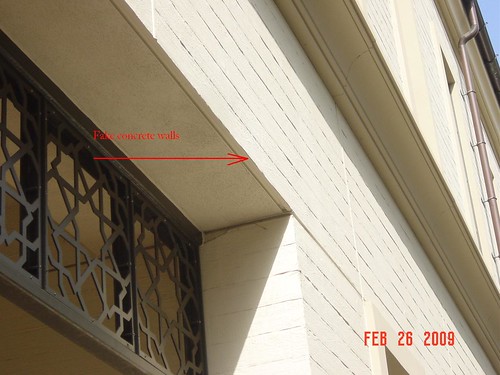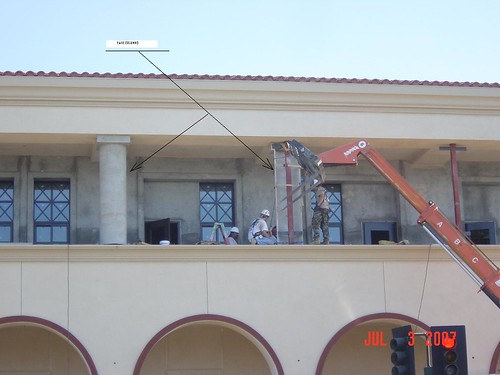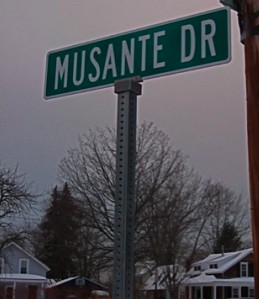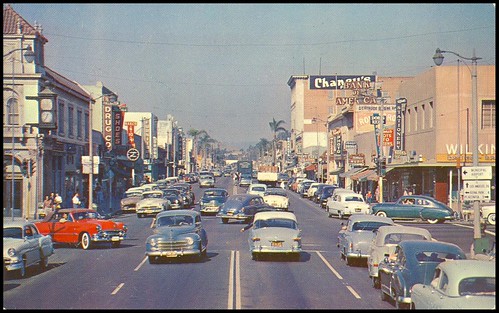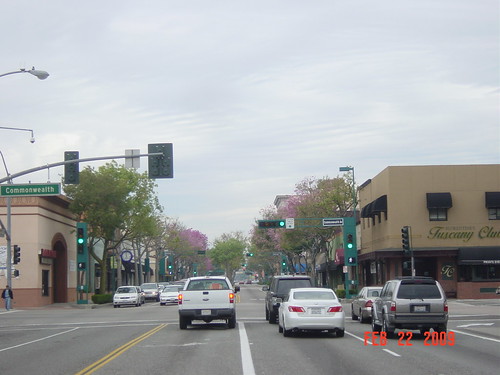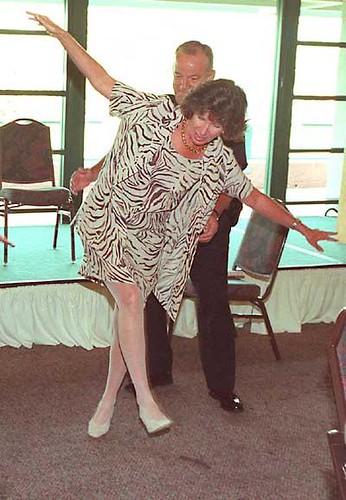
Lost in the commotion of last fall’s election excitement was a short letter to the Fullerton Observer by Tom Dalton, Fullerton Heritage’s President-for-Life. It appeared in the early September issue. It seemed to be a very belated response to the letter I had written some time before, and that I just posted here on our blog. Well, I’m posting a copy of Mr. Dalton’s letter here as well as a response I sent to the Observer’s editor. Please note that the Observer never printed my letter rebutting Tom Dalton’s, but now for the very first time, Loyal Friends, you may enjoy it here!
First Mr. Dalton’s missive:
College Buildings
Fullerton College dedicated the latest in a series of new buildings on the Fullerton campus August 15, 2008. The Classroom Office Building joins the Library and the Student Center as another example of how new construction can complement and even improve on the overall historic and architectural character of the campus complex. Period design features, proper scale and proportions, and use of appropriate materials on these buildings reflect the style and character of the original campus. And let us not forget the wonderful results of the restoration work on the Wilshire Continuing Education complex. Fullerton College President Kathleen Hodge, former District Chancellor Jerome Hunter, and the District Board are all to be commended for their steadfast commitment to honor the past by foregoing faddish architecture that others often use to make their own statements. Fullerton College has made the strongest statement of all by preserving its heritage. Fullerton Heritage salutes you! Keep up the good work.
Tom Dalton, President Fullerton Heritage
Well, Tom has had his bootlicking say, and now I will share my thoughts on the subject:
Editor:
I just read Tom Dalton’s recent tribute to the wisdom of the NOCCCD Trustees for their dismal architectural failures on the Fullerton College campus, as printed in your September edition. Tom’s letter must have pleased the trustee who asked him to write it, but it left me wondering why these folks choose to defend the indefensible – rather than develop a new policy of building modern architecture on our campus. Well, maybe they ought to be defensive! Tom tells us the pseudo-historical details, the materials, and the proportions of the new buildings are harmonious with the historical structures on campus. I guess he expects us to take his word for it. But the commonsense of anyone standing in the central quad will tell him that the new library is an overbearing, out-of-scale monstrosity.
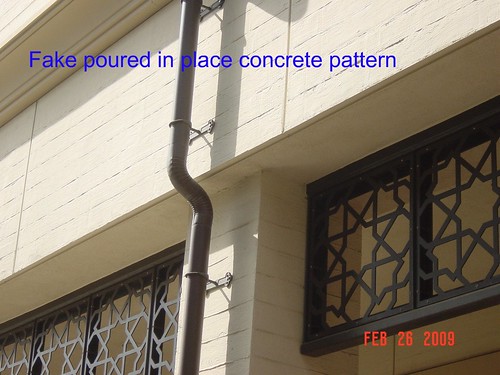
The fake concrete form patterns impressed on hollow stucco walls, the awkward fenestration, and the ludicrous cupola only add insult to injury. It’s not easy to create buildings that are both tacky and unoriginal, but whoever designed this building achieved this dubious distinction. The image and caption on the cover of your early October issue is telling: Tiles Fall off the Dome of the New Library During Storm (what storm was that, by the way?). Further comment is unnecessary.
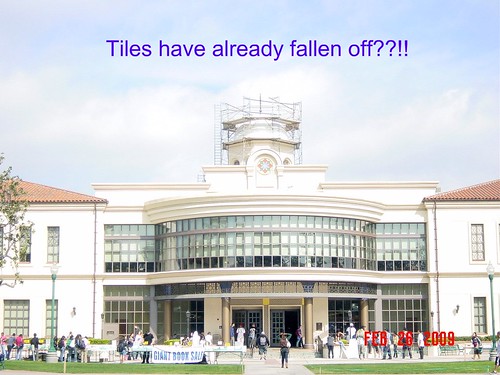
Why does Tom admire architecture that hides its steel structure within hollow walls made of metal studs, lath, and plaster? He says this sort of thing goes well with the existing buildings, and again he seems to think we’ll take his word for it. But why should we accept the idea that boring, dishonest, clunky buildings are anything but an insult to historical structures? Because Tom says so? The new building on Chapman Avenue with its false arches assaults passersby with a sort of stubborn muteness; it is a dull, blocky, inert monument to creative bankruptcy, without a single redeeming architectural quality.
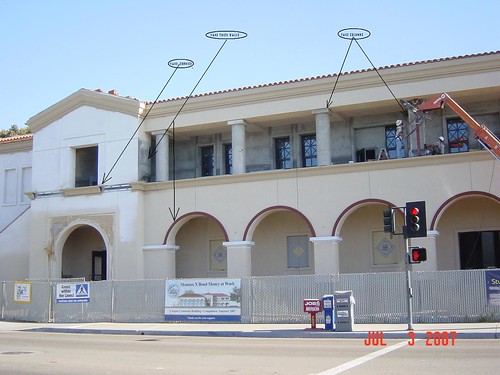
Tom piously warns us against the evil of architectural fads, by which I think we can assume he means contemporary architecture that doesn’t ape the original Mediterranean themes of the WPA buildings on campus. And so, innovative modern architecture on campus of the sort pioneered in Southern California by masters such as Frank Lloyd Wright, Rudolf Schindler and Richard Neutra and their followers would likely be dismissed as faddish by Dalton, just as their work was scorned by philistines of an earlier time who preferred period revivals such as Stockbroker Tudor and French Provincial as safe, tasteful bets for the local gentry.
But must the public, the students, and the faculty accept fake arches, Styrofoam cornices, and hidden structural members because they gratify Tom and his like minded friends on the Board of Trustees? We should recognize a higher responsibility than weakly regurgitating forms from the past and doing even that poorly. There is no premium paid for good, modern architecture. It costs no more than the uninspired junk the North Orange County Community College District Trustees are foisting on us. And in the long run good architecture will cost less. Someone at the top must make the commitment.
There really is a bigger issue that falls outside the penlight illumination cast by Tom Dalton’s personal aesthetic sensibility. Isn’t it the responsibility of an academic institution to promote creative excellence and shouldn’t that ideal be enshrined in the college’s built environment? Timid and trite architectural expression seems contrary to the very mission of an academic institution. On top of that, it’s a waste of money.
In a few years, as the dreary McSpanish dinosaurs of my Alma Mater disintegrate into a well-deserved decrepitude, Trustees will no doubt float yet another bond to pay for their replacement. Then, hopefully, some future generation will enjoy new creative and dynamic architecture on campus.
Tony Bushala
Founder, Fullerton Heritage

